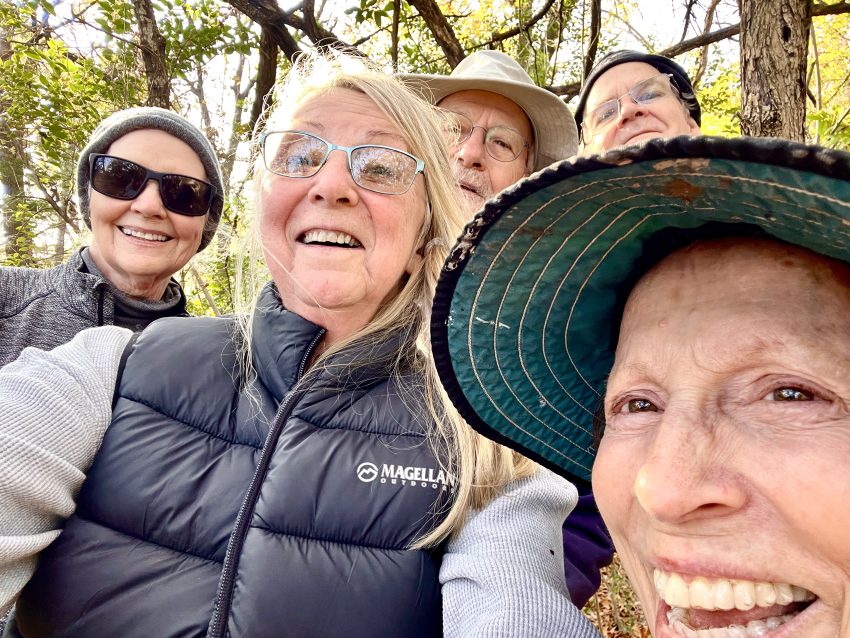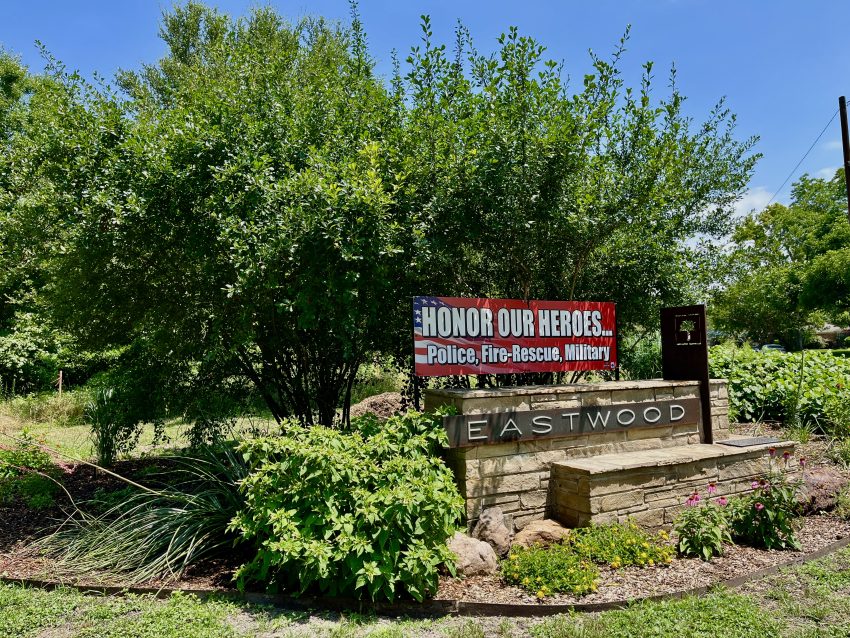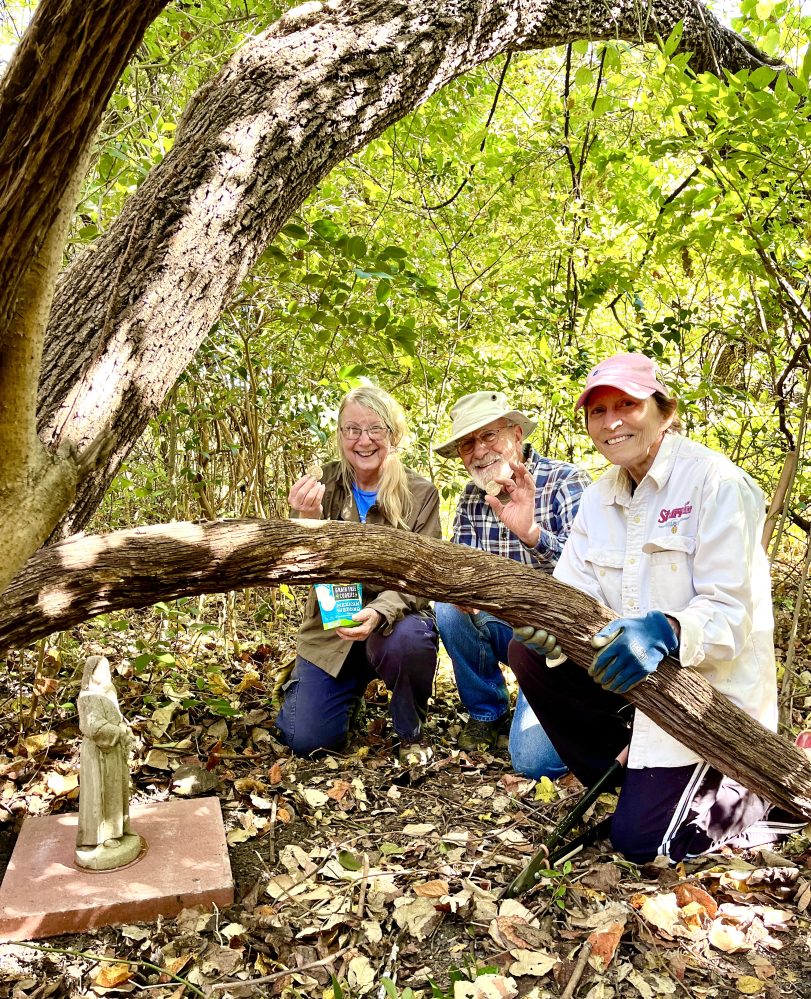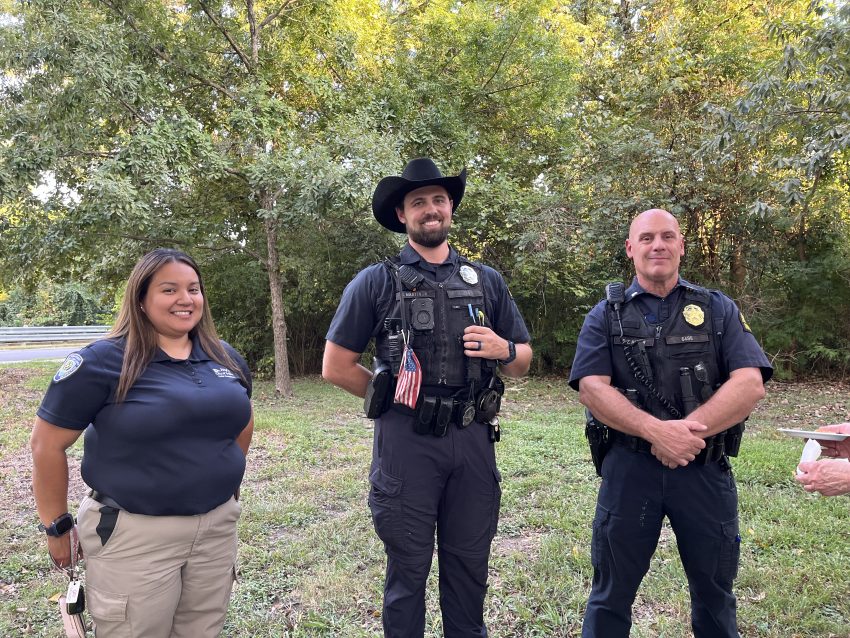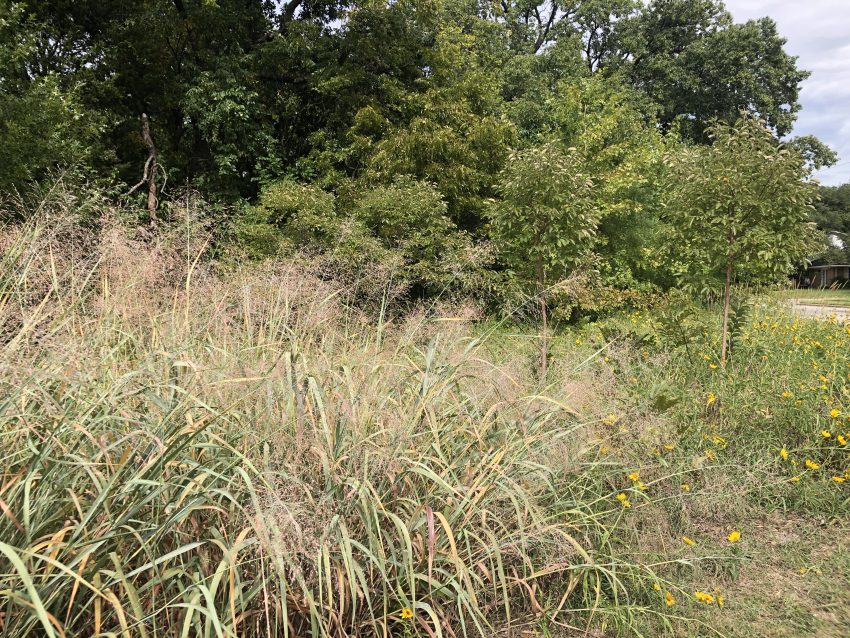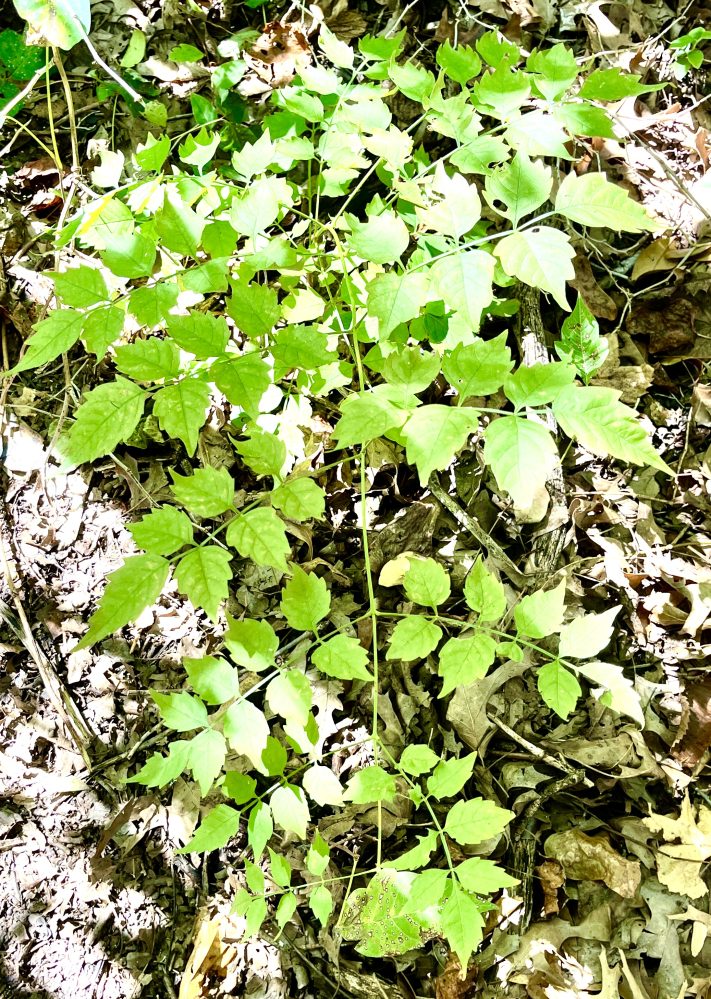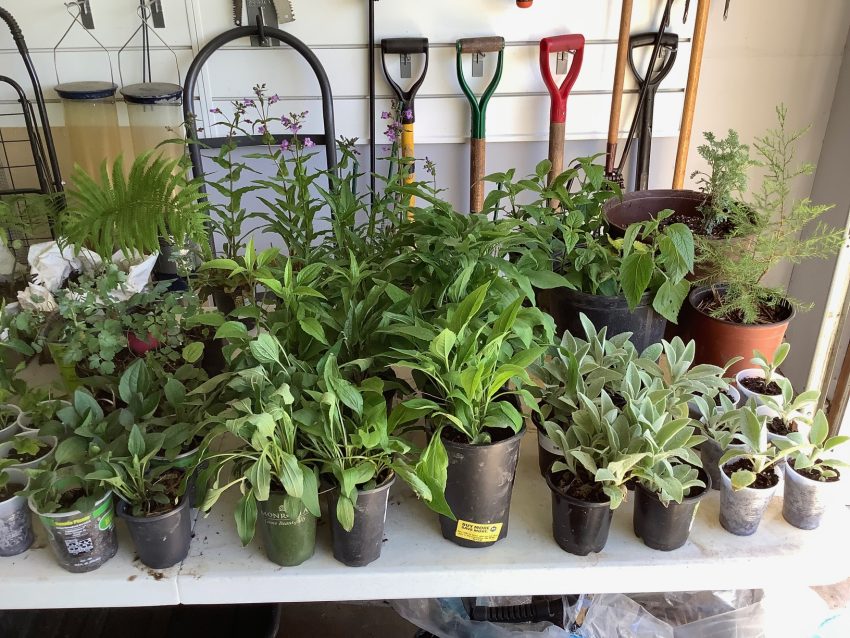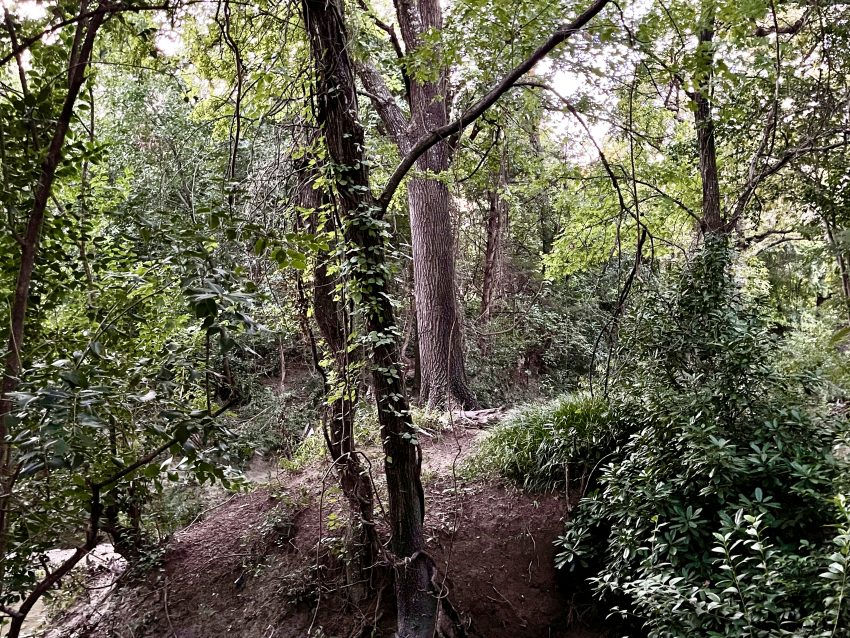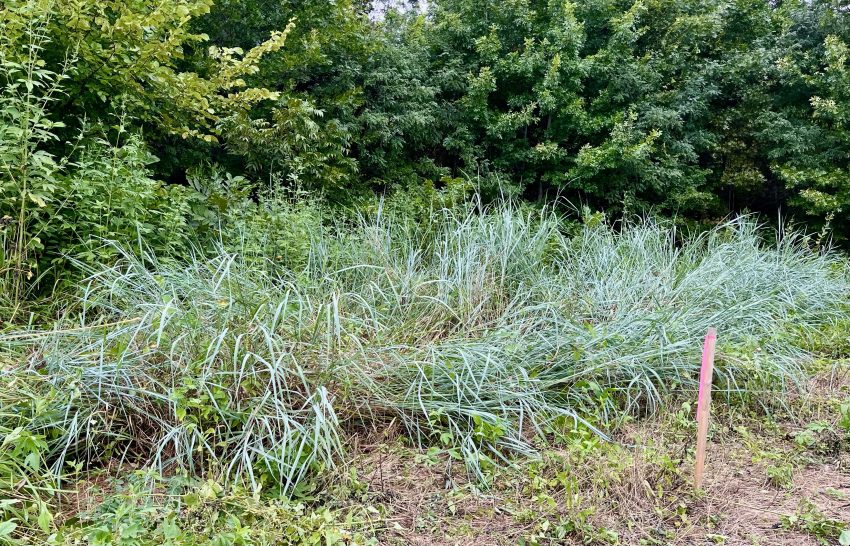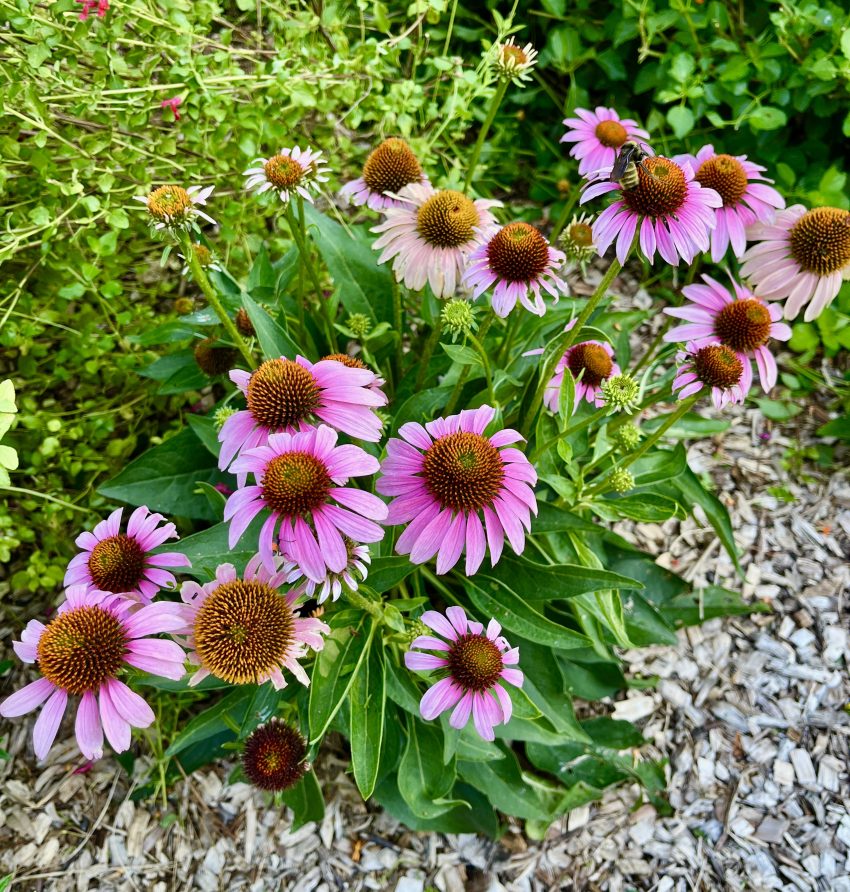Full Moon Seeding & Planting of the Woods Trail
What a grand time Francis, Hala, Katherine, Keith, and I of the Greenbelt Guild had on the last Full Moon beautifying the Woods Trail around The Knoll. (Greenbelt map). Enter at The Knoll and go left to see most of our work, primarily on the left/upper side of the trail.
